If you’ve ever been in a situation that required emergency help, a shortwave radio is a lifesaver. Maybe you couldn’t get a signal on your cell phone to make a call, or you dropped your iPhone in the woods and had no resource to receive an important message.
If you don’t already own a shortwave radio, you might want to add it to the top of your list for your next outdoor adventure. When unfortunate events arise, you need to be prepared.
Who Uses Shortwave Radios Any More?
Shortwave radios were originally developed for emergency military transmissions. Today, shortwave radios are used by governments, private organizations and amateurs alike to reach large populations across the globe.
Table Of Contents
- Who Uses Shortwave Radios Any More?
- Shortwave Signals Can Be Tricky
- History of the Shortwave Radio
- What is a Shortwave Radio Good For?
- Advantages of Shortwave Radios
- Types of Shortwave Radios
- Best Shortwave Radios
- How Far Can a Shortwave Radio Travel?
- What is the Difference Between Shortwave and Ham Radio?
- Best Shortwave Radio Options – Final Thoughts
- Recommended Reading
Shortwave Signals Can Be Tricky
Shortwave communications travel great distances, so they’re not always as clear as a local FM station. Conditions in the atmosphere may cause the signal to fade in and out, and you are more likely to get interference from stations on neighboring frequencies.

Shortwave Radio Enthusiasts
A fragment of the shortwave spectrum is reserved for outdoor enthusiasts as well as amateurs who want to message back and forth in two-way communication.
Today’s most common band allocations are AM/FM bands, aircraft frequencies, amateur radio, international commercials, longwave bands and coastal stations.
It’s true that shortwave radios are not as popular as modern technology like cell phones and high-speed Internet. But, shortwave technology is still used around the world by numerous international broadcasting companies such as CBS News Radio.
There are many outdoor adventurers who’d rather sit on top of a mountain and escape everyday life. I’m sure that technology is not even a thought in their mind. But, there are still many adventurers who prefer to use a shortwave radio to receive emergency transmissions.
History of the Shortwave Radio
Way back in the 20th century, shortwave radios were developed to provide an inexpensive, low-tech way for anyone in the world to receive radio transmissions.
Shortwave is also referred to as high frequency. It’s transmitted a bit above the AM band on the radio spectrum. Additionally, in 1920, signals were sent via ocean waves.
Fast forward to 1928 and shortwave communications experienced a positive growth. In fact, they had accounted for more than 50% of long-distance communications. Over time, technology was on its way to even more improvements.
First Advanced Waves In Technology
Shortwave radio technology is credited to Guglielmo Marconi. And, in 1922, hundreds of radio amateurs from North America were heard throughout Europe as a result of this “impractical” frequency. Also in 1922, some of the very first communication was documented. This occurred in North America and Hawaii.
What is a Shortwave Radio Good For?
For the survivalist, a shortwave radio provides an easy way to pick up emergency broadcasts from local government channels, amateur radio channels, and international broadcasters.
Long before the Internet, shortwave radio was the primary tool many expats used to keep in contact with their homeland. For example, hundreds of college students would gather around shortwave radios to listen to their national teams play sporting events.
Also, families would ditch the local nightly news on television. Instead, they would listen to broadcasts from their home country.
Today the Internet is increasingly popular as well as cable news channels. Therefore, some governments have closed down or reduced their shortwave offerings.
Shortwave Programs and Exploration
Nevertheless, the shortwave spectrum continues to offer a multitude of programming options. There’s a large community of enthusiastic shortwave hobbyists listening and creating original content.
Some may believe that modern communications are killing shortwave listenership. The true fans favor it more than ever to explore the high-frequency universe. For these diehards, there are websites specifically devoted to providing schedules of shortwave programming.
In addition, there are lots of apps that list schedules and report changing frequencies to help you track your favorite stations.
Advantages of Shortwave Radios
A shortwave radio is a receiver equipped to receive radio transmission on frequencies of 30 MHz. These precise frequencies are known for the way they can multiply over massively wide areas. Because of this, international broadcasting is easily accessible.
International Channels/Organizations
Shortwave radios can be used for a multitude of reasons. These uses include sending AM/FM channels to far away locations, as well as transmitting crucial emergency messages.
Many countries conduct their own shortwave (radio channels, news, music). The United States offers the International Broadcasting Bureau broadcasts in shortwave communication, in addition to the BBC.
Amateur Ham Operators
Have you ever heard of “ham radio”? There are plenty of legal shortwave radio operators out there who are amateurs. These are individuals who use radio frequencies for many different reasons (entertainment, music, fun).
These people are simply using the airwaves to communicate with other operators and even to broadcast their own programs.
Types of Shortwave Radios
Portable Shortwave Radios
Radios that are compact in size and portable are easy to carry. In addition, they are usually powered by a battery. Some are even powered by solar.
Desktop Shortwave Radios
Desktop radios are much larger and have many different options to choose from. Most amateur radio operators are fans of the desktop version among other listeners. However, desktop versions are not as easy to carry!
All-In-One Shortwave Radios
These type of radios are multi-use devices that are able to easily pick up shortwave. They’re popular because they can be used frequently and offer many station choices.
Please keep reading for some of our top picks in shortwave radios…
Best Shortwave Radios
Here is our list of the best shortwave radios by portable, desktop and all-in-one.
| Product Name | Where to Buy | |
|---|---|---|
 | Eton Grundig Satellit 750 | |
 | Tecsun PL-880 | |
 | Sony ICF-SW7600 | |
 | Kaito KA600 Voyager Pro |
1. Eton Grundig Satellit 750
Best Desktop Shortwave Radio
The Eton/Grundig Satellit 750 is an advanced radio receiver that provides access to a wide host of frequencies. It provides all the features you’d want and more in a shortwave radio.
In addition, it has excellent sound quality. Most shortwave radios come with basic speakers, but the Eton Grundig Satellit 750 speakers sound pleasantly good.
This shortwave radio even has an input port that you can use to capture music from your smartphone or from any music device that has a headphone jack. Another nice perk about this shortwave is that it has a foldable handle to allow for easy carrying.
The Eton Grundig Satellit 750 retails for around $600 and is a great option for intermediate and advanced users.
| Pros | Cons |
|---|---|
| Comes with AC adapter so you can plug in this radio to conserve battery power. | This shortwave doesn’t have a contemporary detection circuit — you might encounter interference and static issues when listening to weak signals. |
| It has a well-balanced audio with adjustable bass and treble knobs that you can use to dial in the perfect tone. | |
| The Eton Grundig Satellit 750 large memory offers 1000 available presets to save all your favorite stations. | |
| Backlight controls — makes it easy to use at night and during emergency power outages. | |
| Two antenna ports — compatible with both high and low hindrance antennas. | |
| Foldable handle — easily foldable when you’re not using it to save space. |
Eton/Grundig Satellit 750 – Additional Features
- Single Side Band
- AM, FM, aircraft band (118-137 MHz) and shortwave (1711-30000 KHz)
- Auto tuning storage function for FM/AM
- 1000 station memories (each band 100 memories, 500 customizable memories)
- Dual alarm clock function to set two different alarm times
- Check latest price on Amazon
2. Tecsun PL-880
Best Portable Shortwave Radio
The TECSUN PL-880 is ideal if you hate dealing with digital buttons and prefer to use analog knobs to dial in radio stations.
This shortwave radio has incredible reception for a portable radio. Like the many of this company’s radios, the Tecsun PL-880 uses hard plastic. However, what sets this receiver apart is its superior build.
The Tecsun features an external antenna jack along with a tone switch for bass, treble, and antenna sensitivity controls for DX, normal, and local. There’s also a line-out jack for recording and rerouting audio to external speakers.
In addition, the Tecsun PL-880 is really loud due to its 450 mW amplifier. Overall, the Tecsun PL-880 is a worthy performer.
| Pros | Cons |
|---|---|
| Excellent controls. If you love oldschool knobs and dials, you’ll love the PL-880. | The sync detector doesn’t work very well. |
| Good battery life thanks to the lithium batteries. | |
| This shortwave radio will run for hours before the batteries need to be recharged. | |
| Really loud speakers thanks to the 450m W audio amplifier. | |
| The backlight can be configured to switch off immediately or stay on for several seconds. | |
| Comes with a carrying case. |
Tecsun PL-880 Portable Shortwave Radio – Additional Features
- Full range coverage includes AM/FM, longwave and shortwave with single side band
- Four and five selectable bandwidth filters on AM and SSB plus single side band receiver with 10 Hz tuning step
- 24-hour alarm clock plus sleep timer from 0-120 minutes
- Powered with one 18650 Li-ion rechargeable battery with built-in charger
- Battery included
- Check latest price on Amazon
3. Sony ICF-SW7600
Honorable Mention Best Portable Shortwave Radio
This old-school Sony device dates back to the late 1970’s. But you would never know it with its pristine sound. Every feature on the Sony version has been updated.
The Sony shortwave radio may not be the best for listening to music, but it does deliver with various stations such as news and talk. The sound is fantastic, with no interference.
The Sony ICF shortwave radio is an all-around performer with reliable technology that never goes out of style.
| Pros | Cons |
|---|---|
| Portable and light | Could be louder and clearer |
| User-friendly technology | |
| Energy efficient. The ICF-SW7600GR has better battery life than most other portable shortwaves |
Sony ICF-SW7600 Shortwave Radio – Additional Features
- PLL digital tuner receives FM, MW/AM, shortwave and longwave
- Four tuning methods: direct, manual, scan and preset
- Scannable up to 100 frequencies
- World clock and dual clock functions
- Built-in timer
- Label presets with 6 alphanumeric letters
- Check the latest price on Amazon
4. Kaito KA600 Voyager Pro
Ultra-Portable Shortwave Radio
The Kaito KA600 Voyager Pro Shortwave Radio is perfect if you’re on a tight budget. In addition, if you’re looking for an ultra-portable model for your next camping adventure, you’ve just found it!
When you’re not camping or exploring, you can easily store the Kaito in your glovebox or even your pocket. The Voyager Pro is true to its namesake, as it’s ultra-portable and ready for a voyage.
| Pros | Cons |
|---|---|
| AM/FM, longwave, shortwave and NOAA weather radio | Some users had trouble with the instructions included |
| Alarm clock/sleep timer | |
| Digital display | |
| Easy to carry | |
| Great for on-the-go |
Kaito KA600 Voyager Pro – Additional Features
- Four tuning methods: includes manual, direct digit entry, ATS, and memory tuning with 335 memories for easy access to favorite stations
- 180-degree adjustable solar panel with 5-LED reading lamp plus flashlight
- Available in black, green or silver
- Extremely durable and reliable
- Check the latest price on Amazon
How Far Can a Shortwave Radio Travel?
The range of a shortwave radio depends on the power of the signal, the antenna, and the time of day. In general, shortwave signals can travel great distances, up to thousands of miles, even to the other side of the world.
What is the Difference Between Shortwave and Ham Radio?
Shortwave radio is a type of broadcast radio that uses high frequency waves to transmit audio signals over large distances. Ham radio is a type of two-way radio communication that is used by amateur radio operators to communicate with other operators around the world. Shortwave radio is typically used for broadcasting, while ham radio is used for two-way communication.
Best Shortwave Radio Options – Final Thoughts
If you’ve ever used a shortwave radio on an outdoor journey, you know that it’s quite a resource for an emergency situation. Or it may even be a casual pastime for an amateur ham operator.
For whatever reason you plan on using a shortwave radio, you need to know that there’s a learning curve to using these devices. To assist you, the Internet provides a plethora of information with answers and reviews to most of your questions.
You can consider this review a great place to start … but depending on your needs, you just might require more in-depth information. When you finally find a shortwave radio you like, you’ll need to understand the basics.
Shortwave radios provide the peace of mind you need when traveling to the unknown. You’ll discover that there are some excellent ones for your next adventure. Hopefully you’ll never be in an emergency situation where you need to use your radio for help, but nonetheless, it’s always good to be prepared.
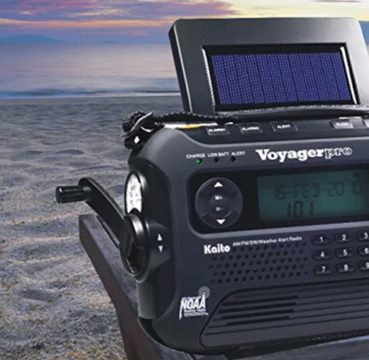


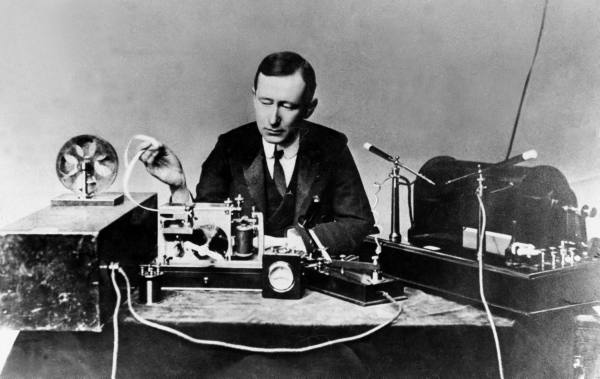
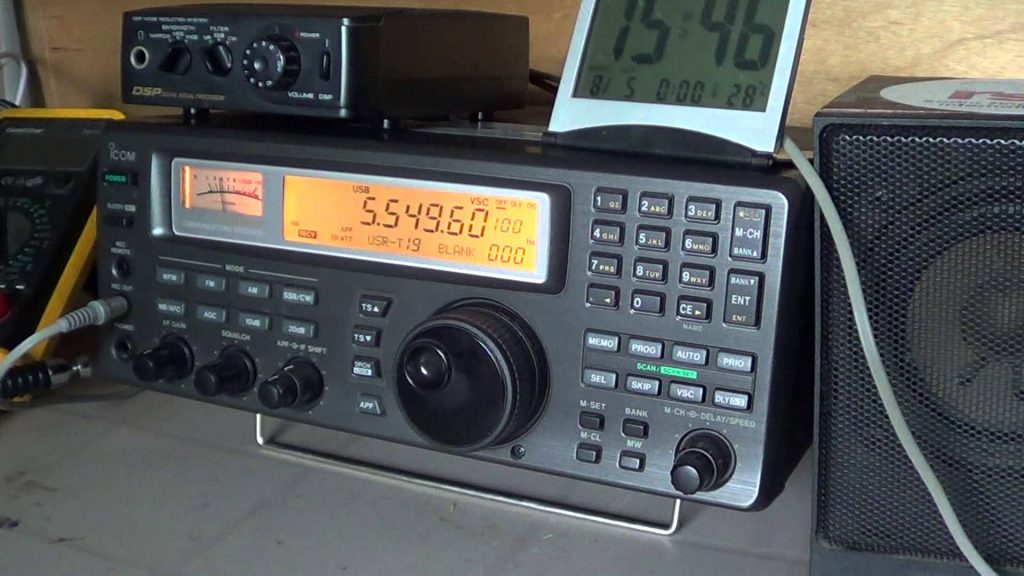


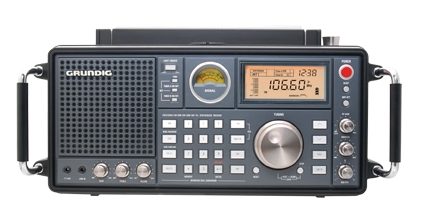
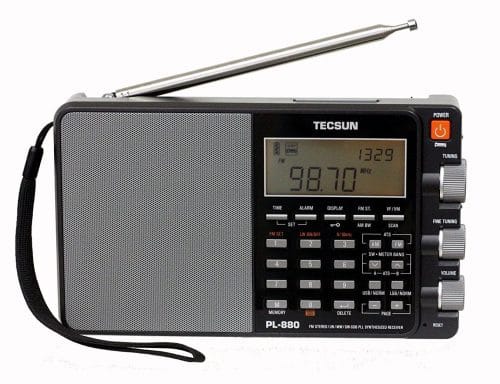
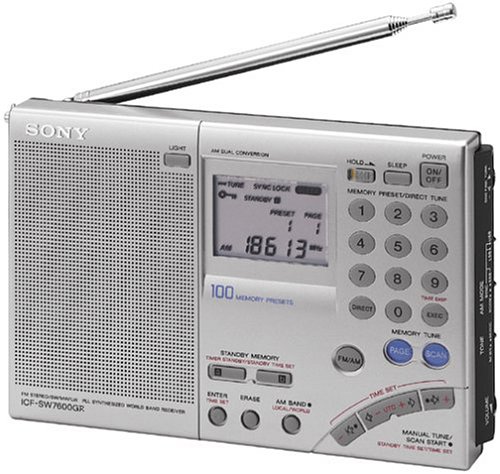










3 Responses
La marca es MARC, pero es un receptor que es muy antiguo y esta descatalogado hace ya muchisimos años.
Hy,
Does anybody can give me the model for the big black radio on the first foto ?
Thank’s
Eric
Hy,
Is anybody can give me the model for the big radio on the first foto on this is scribe “Best short waves radio reviews” ?
Thank’s
Eric